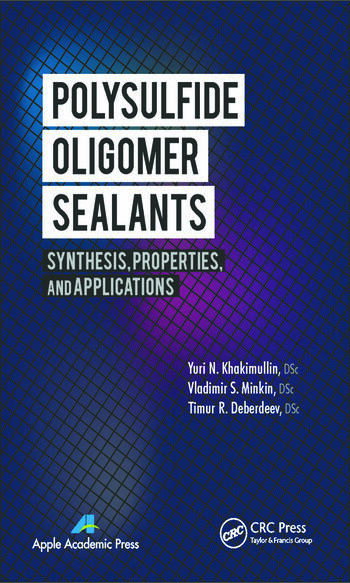Webinar Presents New Rheological Research
MALVERN, UK - In a webinar on May 7, 2014, Dr. John Duffy, Rheology Technical Specialist, Malvern Instruments, will present new experimental data that shows how the recently launched m-VROCi microfluidic rheometer can be used alongside the Kinexus rotational rheometer and Zetasizer Nano dynamic light scattering (DLS) system to efficiently develop high-performance ceramic inkjet inks. Entitled “Optimize ceramic inkjet ink printability, stability & behavior using rheology,” the webinar explores the application of rheological and particle size data to characterize the physical stability, printhead compatibility and jet-ability of inkjet inks. This same research is also accessible via a recently published Malvern application note, “Optimizing Rheology for Ceramic Inkjet Inks,” which is available for download at www.malvern.com/en/CeramicInkjetRheology.
Inkjet printing has substantial advantages over traditional ceramic tile decoration techniques, improving the definition of the pattern or image, reducing waste and providing greater automation. However, ensuring process performance and end product quality relies on engineering inkjet inks that perform appropriately across a wide range of conditions, from the low-shear stress associated with storage through to the extremely high-shear rates generated within an inkjet print head.
The new Malvern webinar and application note describe the use of the Kinexus rotational rheometer and the unique m-VROCi microfluidic rheometer to measure viscosity across the wide shear range of interest. In the study, particle size data were also measured using a Zetasizer Nano DLS instrument, a widely used system for size and zeta potential characterization of nanoparticles and colloids. The data generated support the formulation of inkjet inks with the stability, printhead compatibility and printability performance required for inkjet printing processes.
Registration for the webinar can be accessed at www.malvern.com/ceramicinkjet.
Looking for a reprint of this article?
From high-res PDFs to custom plaques, order your copy today!






